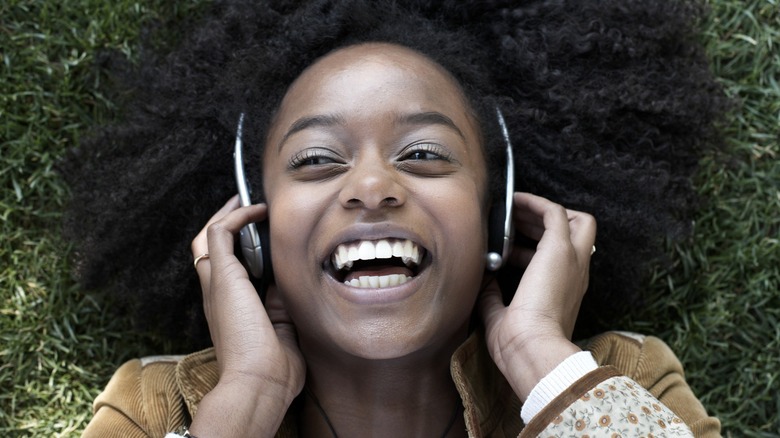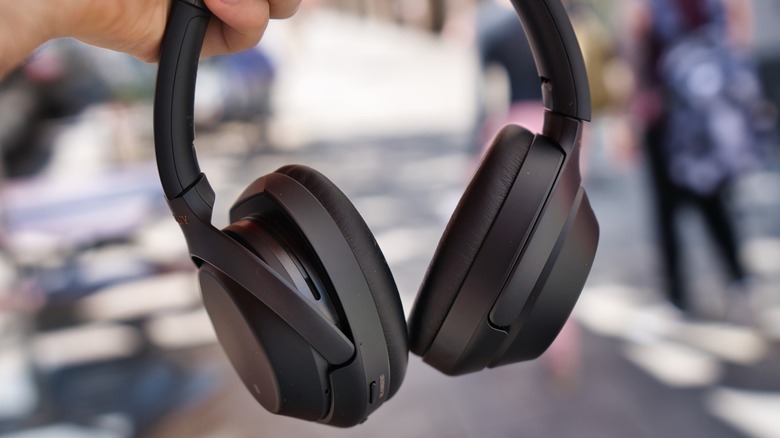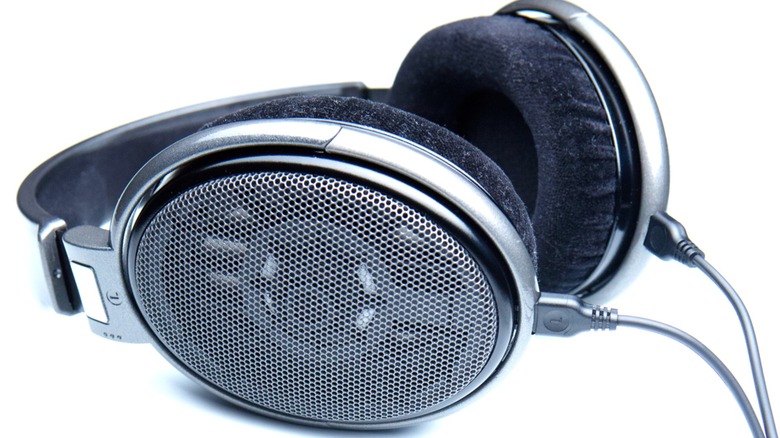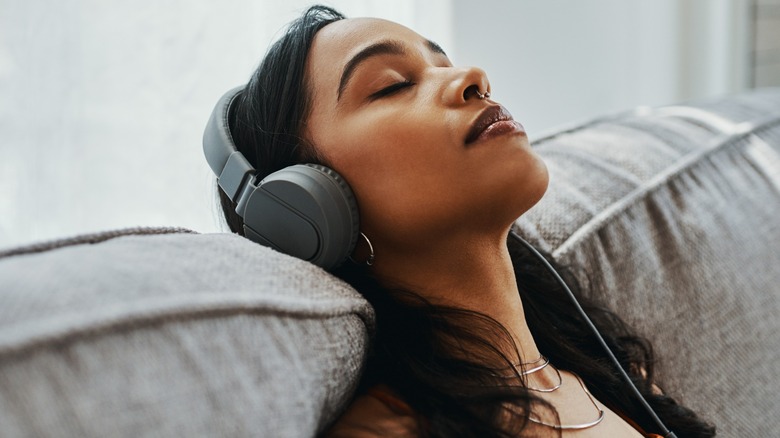Closed Back Vs. Open Back Headphones: What's The Difference?
So, you've decided it's time to replace your headphones, but now you're unsure which pair to get. In trying to decide, you've come across these terms: open-back and closed headphones. What do these mean, especially for you, if you're just looking for one that's comfortable and sounds good?
Are the open-backs more comfortable? Or do the closed-backs provide better sound quality, immersing you in the audio experience way better than the other? Well, the thing is, it's not that simple. With enough experience, you know that paying attention to details like this can make all the difference in how long you use a product and how much you enjoy it.
However, both types of headphones can be great buys; it depends on your use case and preference. So, let's help you wrap your head around what makes open-back and closed-back headphones different and figure out which one is right for you.
What are closed-back headphones?
What do the Bose 700, the Sony MDR-7506, and the beyerdynamic DT 770 Pro all have in common? Well, they are some of the most durable headphones you can buy, and they are also closed-backs.
When you think about over-the-ear headphones, you most likely imagine closed-back headphones. These headphones have a solid shell on the outside of the ear cups. This design isn't just for aesthetics; it actually serves an important function: It keeps your music from leaking out.
At the same time, it blocks out surrounding noise to at least some degree, allowing you to focus on what's playing. So, in essence, it keeps background noise out and the sound of what you're playing in. However, there's a trade-off. Because of the design — the hardback shell sealing off the drivers — you might sometimes feel slight pressure around your ears or a low humming sound.
While all closed-back headphones offer a degree of noise isolation, not all have noise-canceling technology. Noise-canceling headphones have special tech that actively dampens external noise instead of just blocking it.
What are open-back headphones?
Open-back headphones have vents or openings on the ear cups, which fundamentally changes the sound experience you get with them. Instead of trapping the music in and shutting the world out, open-backs allow sound to flow freely in both directions. What you get is a more natural, the-music-is-coming-from-the-room sound quality.
This effect is called a wide soundstage and gives the impression that the music is all around you, not just in your head. These headphones do very little to isolate the sound of what's playing from your surroundings. On one hand, it means you can enjoy what's playing and still hear what the person beside you says. But on the other hand, it means that the person beside you can also hear what you're jamming to.
The design of open-back headphones also means they're gentler on your ears. For one, the absence of a solid outer shell reduces that low-frequency hum you sometimes hear with closed-back headphones. However, this also makes them more delicate. Because of their exposed design, open-backs are more likely to get damaged from moisture and debris falling through the vents.
Which one's right for you?
How do you know which headphones are right for you? It boils down to where you'll use them, what you'll listen to, and how long you'll wear them.
Open-back headphones create a feeling that the music is all around you, so they're often a perfect choice for audiophiles and music professionals looking to get crisp, natural sound quality. They're also ideal for mixing and mastering. However, if you want to enjoy your playlist or podcast on a crowded train or block out your colleagues in a noisy office, they might not be your best bet. A pair of closed-back headphones will be a better choice for you while working, studying, or even as a DJ in the middle of a session.
Now, if you'll be wearing the headphones for long hours, you should also consider comfort. Open-backs have a slight edge. They don't get as warm and heavy on your ears, making you less likely to experience listening fatigue. Open-back headphones typically have a higher price tag, while closed-back headphones are generally more affordable and common.
This makes them particularly appealing to a wider audience, whether you're on a tight budget, prioritize privacy, or enjoy a more pronounced bass response when listening to music. So, before choosing one, know it's not just about how it sounds. Ask yourself: How does this fit into my daily life?



